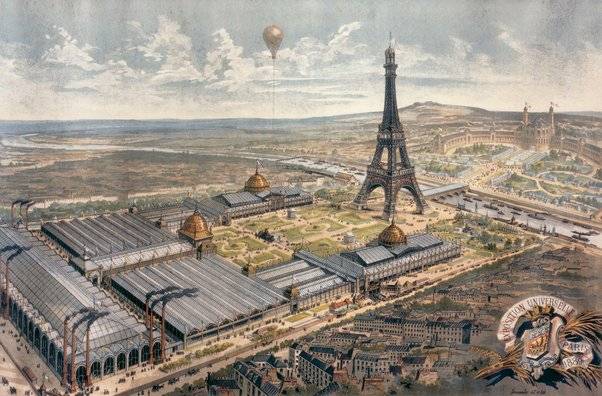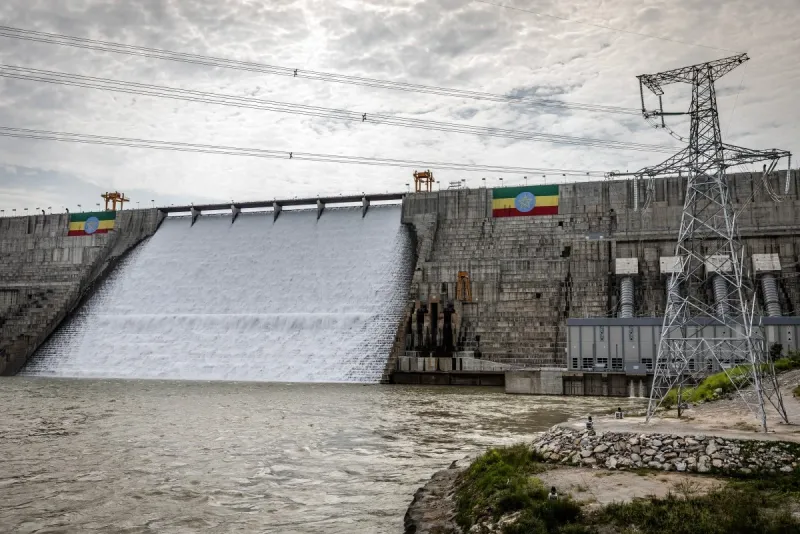The Eiffel Tower is one of the most iconic structures in the world, instantly recognizable and beloved by people from all corners of the globe. But have you ever wondered why this magnificent tower was built in the first place? The Eiffel Tower was the brainchild of Gustave Eiffel, a French civil engineer who had gained a reputation for designing and constructing some of the most impressive structures of his time. In the late 19th century, France was preparing to host the 1889 World's Fair, a major international event that would showcase the latest achievements in science, technology, and arts.
Read Also: 3 Things Preventing You From Living a Life You Can Be Proud Of
Eiffel saw this as an opportunity to create something truly spectacular, something that would capture the imagination of the world and leave a lasting legacy for generations to come. He came up with the idea of building a tower taller than any structure ever built before, a tower that would become a symbol of France's engineering prowess and its commitment to progress.
Eiffel and his team of engineers worked tirelessly for two years to design and build the tower, using advanced engineering techniques and advanced materials for their time. When completed in 1889, the tower stood at a staggering 324 meters tall, making it the tallest structure in the world (at the time).
The cost of building the tower was also noteworthy, with the project costing over 7 million French francs, a staggering sum at the time. Eiffel funded much of the project, and the French government provided some additional funding.
The Eiffel Tower was an instant sensation, attracting millions of visitors from all over the world to the World's Fair and becoming a beloved symbol of Paris and France itself. Over the years, it has been used for various purposes, from scientific experiments to radio and television broadcasts. It continues to be one of the most popular tourist attractions in the world.




